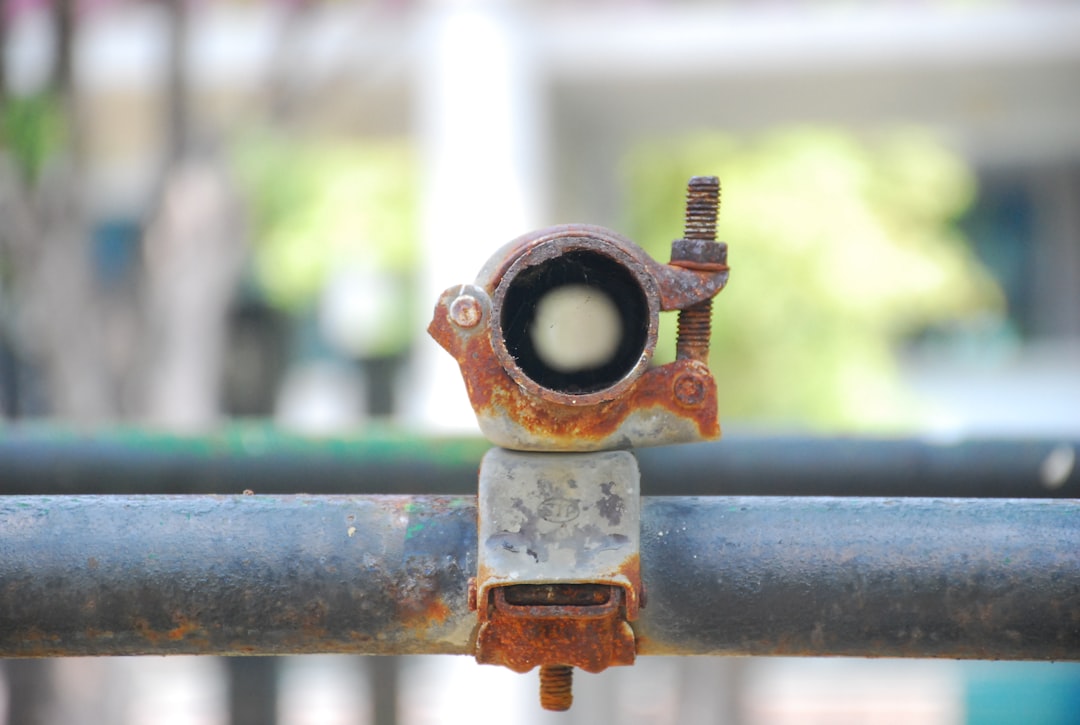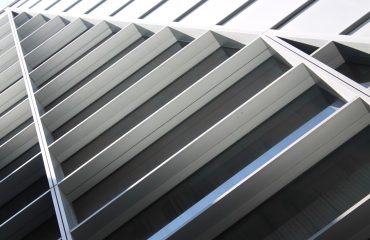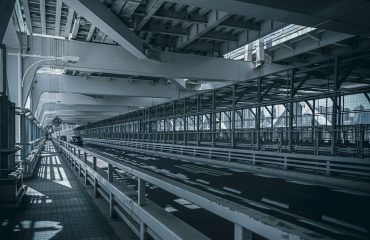The reliable delivery of water and gas to our homes and businesses is paramount. This seemingly simple process relies heavily on the integrity of the underlying infrastructure: our water and gas pipes. The quality standards governing these pipes are not mere suggestions; they are critical for public safety, environmental protection, and the long-term efficiency of our utility systems. This post delves into the key aspects of ensuring these pipelines meet the highest standards.
Material Matters: Choosing the Right Pipe for the Job
The choice of material significantly impacts a pipe’s lifespan, durability, and resistance to corrosion. Different materials possess unique properties making them suitable for specific applications and environments. For water pipes, common materials include:
- Copper: Known for its durability, resistance to corrosion, and ability to withstand high water pressures. However, it’s relatively expensive.
- PVC (Polyvinyl Chloride): A cost-effective and lightweight option, particularly suitable for low-pressure applications. Its resistance to corrosion is high, but it can be susceptible to damage from extreme temperatures.
- CPVC (Chlorinated Polyvinyl Chloride): A stronger and more heat-resistant alternative to PVC, often used in hot water systems.
- PEX (Cross-linked Polyethylene): Flexible and resistant to freezing, making it a popular choice for both hot and cold water systems. It’s also relatively easy to install.
- Ductile Iron: A strong and durable material often used for large-diameter water mains. It’s resistant to corrosion and can withstand high pressures.
Gas pipes, due to the inherent dangers of gas leaks, require materials with exceptional strength and leak resistance. Common materials include:
- Steel: A robust and widely used material, often coated with protective layers to prevent corrosion.
- High-Density Polyethylene (HDPE): A lightweight and flexible option, increasingly popular for gas distribution due to its excellent resistance to corrosion and cracking.
- Cast Iron: Historically common, but less frequently used in new installations due to its susceptibility to corrosion and breakage.
Rigorous Testing: Ensuring Pipe Integrity
Once manufactured, pipes undergo rigorous testing to ensure they meet the required quality standards. These tests vary depending on the material and intended application. Common tests include:
- Pressure Testing: Pipes are subjected to high internal pressure to assess their burst strength and ability to withstand operational pressures.
- Leak Testing: This verifies the absence of any leaks or imperfections that could lead to water or gas loss.
- Dimensional Testing: Checks the pipe’s diameter, wall thickness, and overall dimensions to ensure they conform to specifications.
- Material Testing: Evaluates the chemical composition and mechanical properties of the pipe material to confirm its compliance with relevant standards.
- Non-Destructive Testing (NDT): Techniques like ultrasonic testing and radiographic testing are used to detect internal flaws without damaging the pipe.
These tests are crucial in identifying any defects early on, preventing potential failures and ensuring the safety and reliability of the pipeline system.
Regulatory Compliance: Adhering to National and International Standards
Stringent regulations govern the manufacturing, installation, and maintenance of water and gas pipes. These regulations vary by country and region but typically encompass aspects like material specifications, testing procedures, and installation practices. Compliance with these standards is mandatory and ensures the safety and reliability of the pipeline infrastructure. Examples of relevant standards include ASTM (American Society for Testing and Materials) and ISO (International Organization for Standardization) standards.
Ignoring these regulations can lead to severe consequences, including fines, legal action, and potential environmental damage or safety hazards. Regular inspections and audits are often conducted to ensure compliance.
The Impact of Substandard Pipes: Consequences of Neglect
Using substandard pipes can have far-reaching and potentially catastrophic consequences. These include:
- Leaks and Spills: Substandard pipes are more prone to leaks, leading to water wastage, gas leaks (posing explosion risks), and environmental contamination.
- Reduced Service Life: Pipes that don’t meet quality standards will have a shorter lifespan, requiring costly and disruptive replacements sooner than expected.
- Increased Maintenance Costs: Frequent repairs and maintenance are necessary to address problems caused by substandard pipes, adding significant costs over time.
- Health Risks: Leaks in water pipes can lead to contamination, posing serious health risks to consumers. Gas leaks can cause explosions and asphyxiation.
- Economic Losses: Businesses and communities can experience significant economic losses due to service disruptions, repairs, and environmental remediation efforts.
Ensuring Quality Throughout the Lifecycle: From Manufacturing to Disposal
Maintaining high quality standards in water and gas pipes is a continuous process that extends beyond manufacturing and installation. Regular inspections, maintenance, and timely repairs are crucial to prevent failures and ensure the long-term integrity of the pipeline system. Proper disposal of old and damaged pipes is also important to minimize environmental impact. This often involves recycling or responsible disposal methods to prevent contamination of landfills or waterways.
Investing in high-quality pipes and adhering to strict quality standards is not merely a cost; it’s an investment in public safety, environmental protection, and the long-term sustainability of our essential utility services.
SEO Tags:
- Water pipe standards
- Gas pipe regulations
- Pipeline quality control
- Pipe material selection
- Water and gas pipe safety




